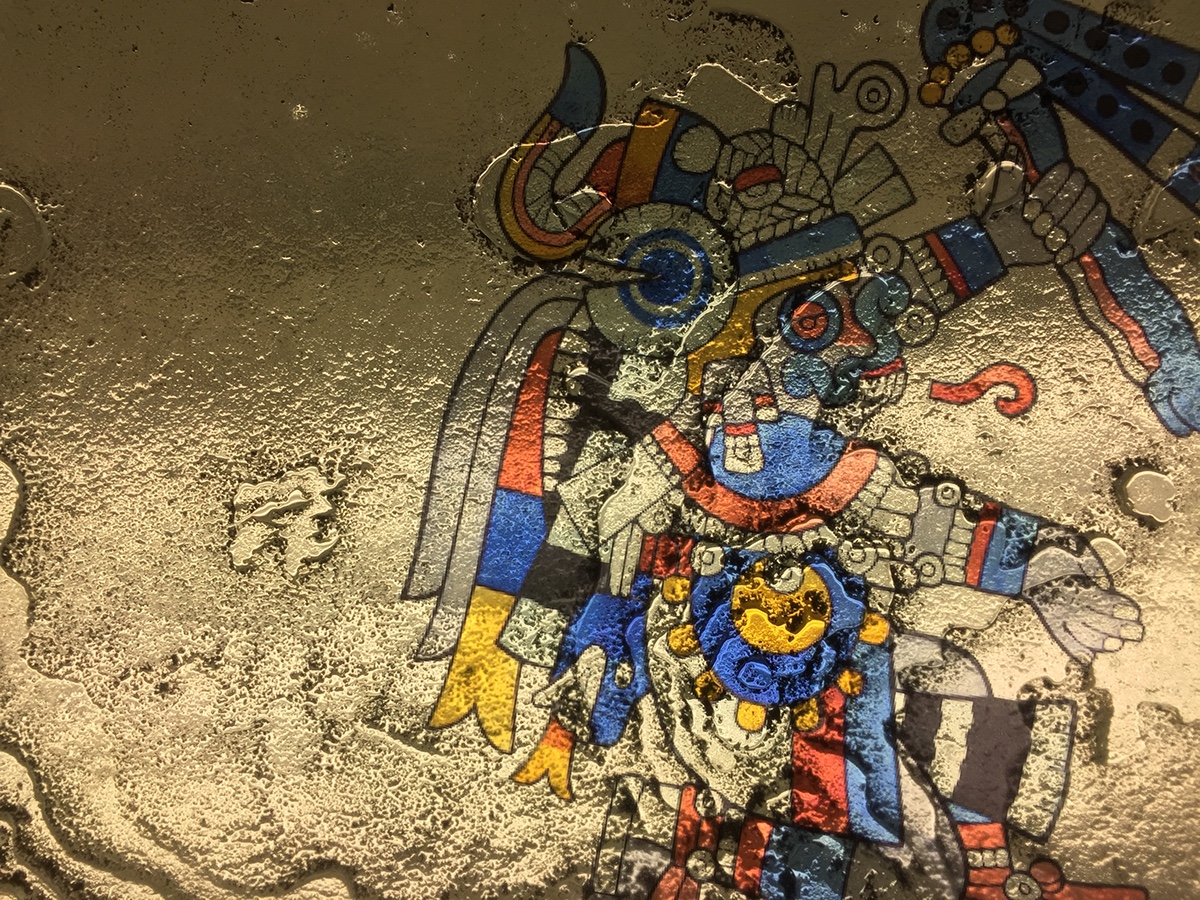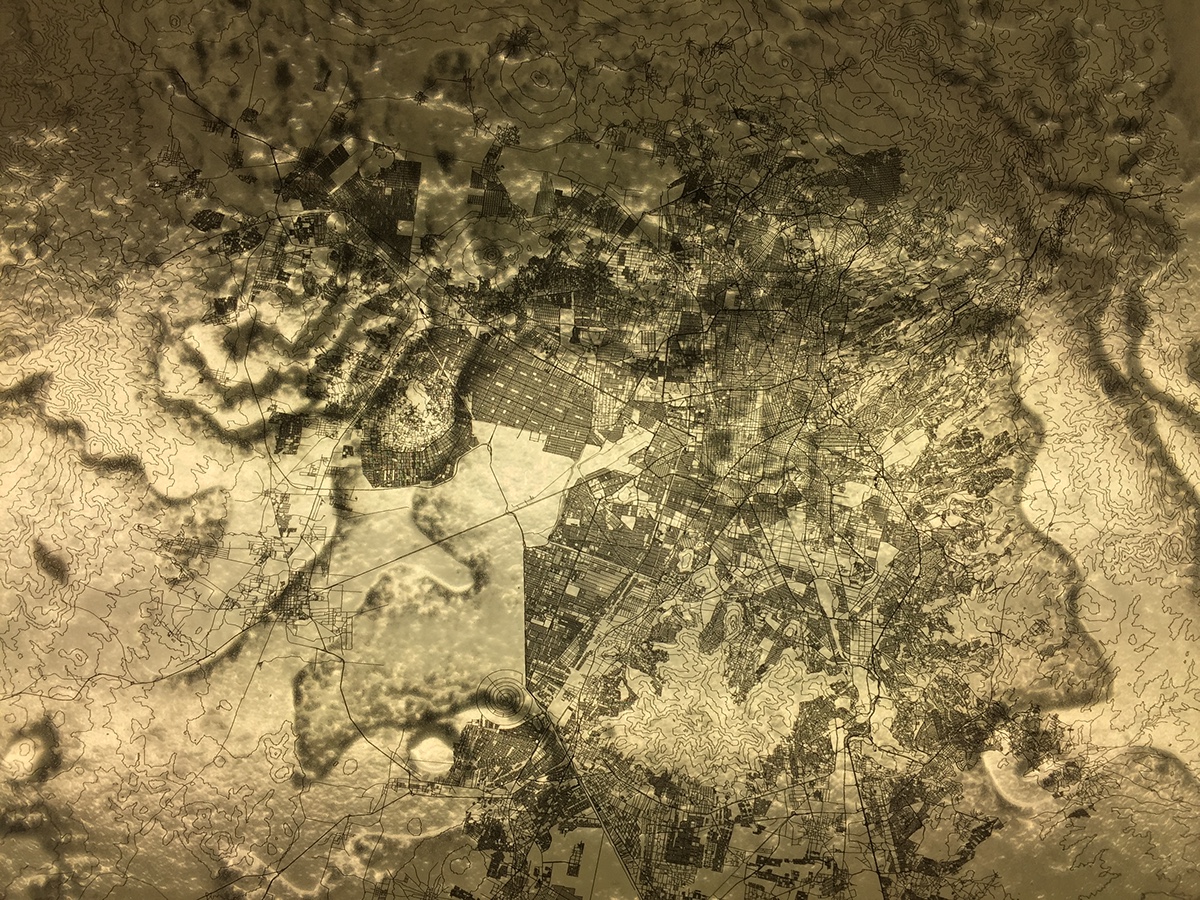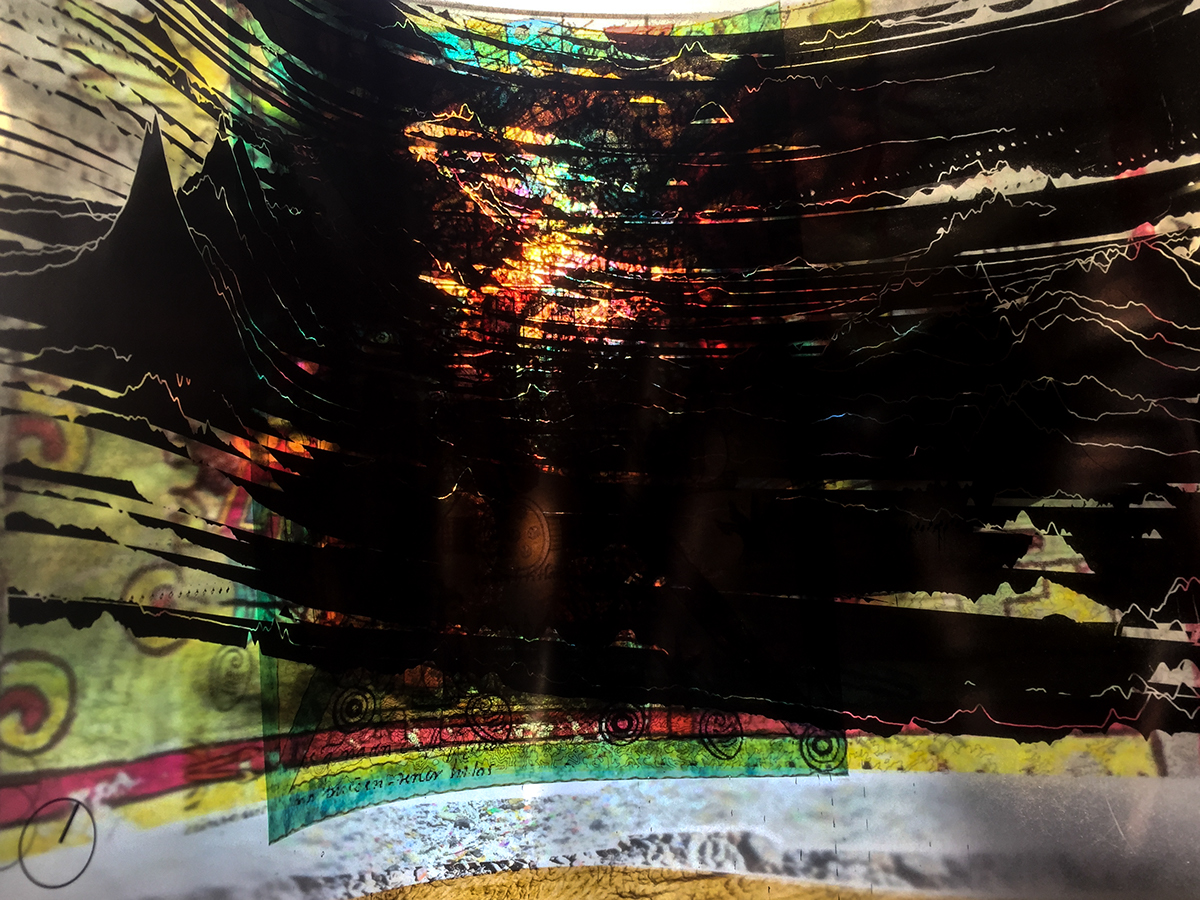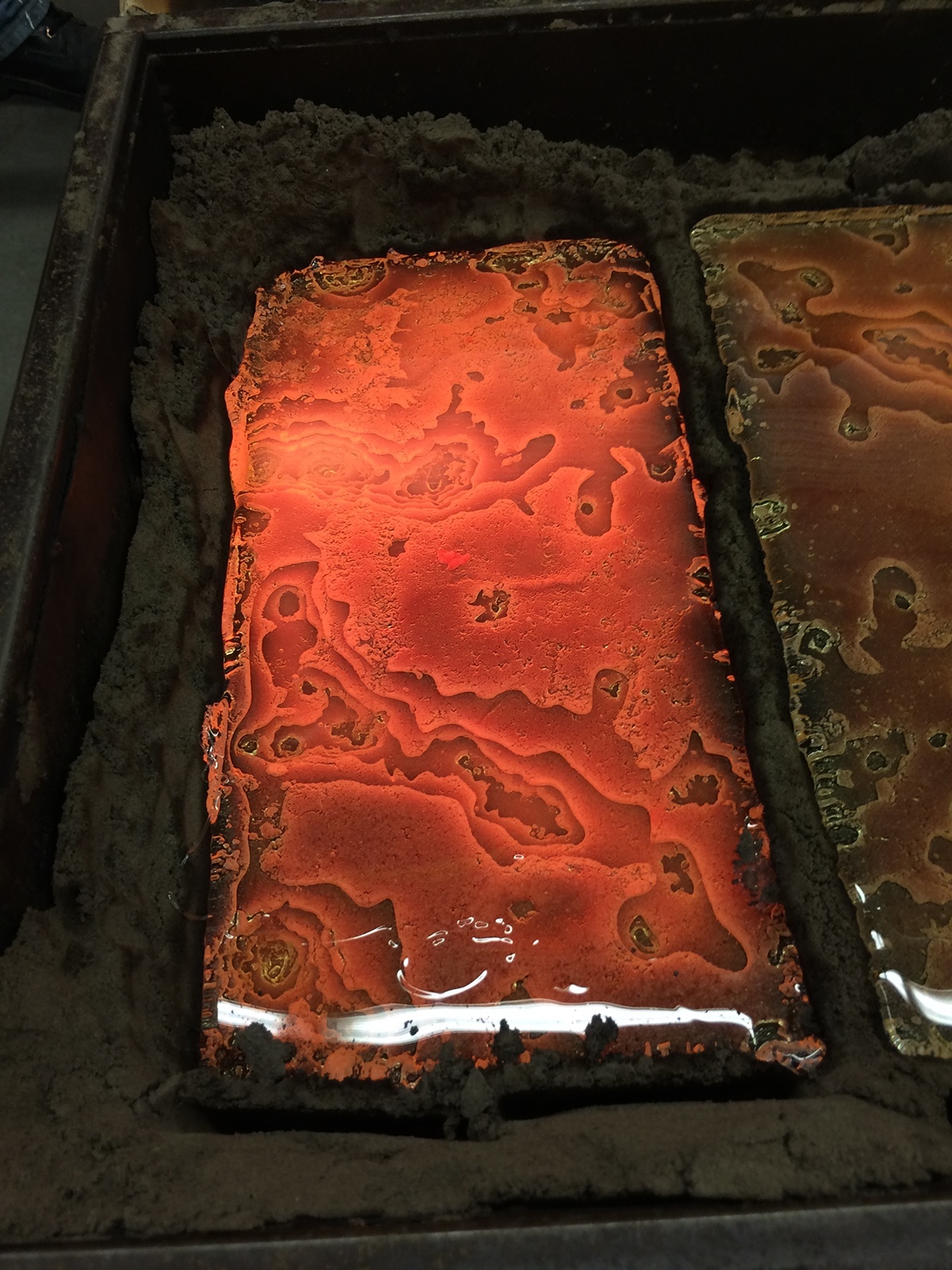Ash Mountains
Architecture Final Research Performance
From before the time of the Aztecs to the present day, the inhabitants of Mexico City have had a symbiotic, ever evolving relationship with the processes that shape the earth. From silt deposited by Aztec chinampas, to discarded plastic bottles, each site of human habitation holds evidence of past lives. Located upon the now dry bed of Lake Texcoco, the Bordo Poniente landfill was created to hold the rubble of a 8.0 magnitude earthquake that devastated Mexico City in 1985. Bordo Poniente is one of the largest landfills in the world, and from its opening in 1985 until its closure in 2011, it served as the repository for most of the waste of Mexico City and its adjacent municipalities. At only 3.75 square miles large, the site was home to about 1500 pepenadores, or waste-pickers, who relied heavily upon the landfill for jobs and housing. Every day they picked through the contents of the site for recyclable materials, sending the materials back into circulation, but when the landfill closed due to environmental and political reasons, many pepenadores lost their jobs and were forced to relocate.
How should layered cultural, geological, and anthropological contexts be reconciled with the built environment? How can we as designers bring neglected histories like those of the pepenadores back to the surface? Through our research on Bordo Poniente, we hope to illustrate one method for utilizing anthropogenic geology as a foundation for infrastructure. We propose to celebrate the complex cultural and geological histories of Mexico City and the people who live there by moving Lord Norman Foster’s airport, located adjacent to the Border Poniente landfill, to a site which contains these environmental contexts. Within the ground are the remnants of all the different histories of the city, the physical evidence of actions and their consequences, of human habitation and the human deposition of materials. We propose to relocate the airport to Bordo Poniente to create a far more meaningful historical connection, and a way of recognizing the importance of people such as the Aztec and the pepenadores, whose histories are often overlooked and marginalized by those in charge of creating infrastructures.













